Introduction to Mahakaal
Mahakaal, a revered deity in Hindu mythology, embodies the essence of destruction and transformation. As one of the many forms of Lord Shiva, Mahakaal signifies the inexorable march of time and the inevitable end that awaits all beings. The term ‘Mahakaal’ itself is a composite of ‘Maha,’ meaning great, and ‘Kaal,’ meaning time or death. Thus, Mahakaal represents the supreme force that transcends temporal limitations, often viewed as the ultimate destroyer and transformer within the cosmic cycle.
In the realm of Hindu beliefs, Mahakaal holds a paramount position, symbolizing the cyclical nature of existence where creation and destruction are intertwined. This deity is particularly venerated in Ujjain, a city in the Indian state of Madhya Pradesh, where the Mahakaleshwar Jyotirlinga temple stands as a testament to his enduring legacy. The temple is one of the twelve Jyotirlingas, which are considered to be the holiest shrines dedicated to Shiva. Devotees flock to this sacred site to seek blessings, offering prayers and performing rituals that honor Mahakaal’s dominion over time and mortality.
In both English and Hindi cultural contexts, Mahakaal’s influence is pervasive. In English literature and discourse, Mahakaal is often explored through the lens of mythology, philosophy, and religious studies. The narratives delve into the metaphysical implications of his attributes, providing insights into the Hindu perception of life, death, and rebirth. Conversely, in Hindi culture, Mahakaal is celebrated through an array of festivals, devotional songs, and folklore. The stories and hymns sung in his honor depict the awe-inspiring power and benevolence of this formidable deity, reflecting the deep-seated reverence held by the devotees.
Through this exploration, one can gain a comprehensive understanding of Mahakaal’s multifaceted role in Hindu mythology. His presence as a destroyer and transformer underscores the transient nature of the material world and the eternal truth of spiritual continuity. Mahakaal’s legend, rich in symbolism and cultural significance, continues to inspire and captivate those who seek to unravel the mysteries of time and existence.
The origins of Mahakaal are deeply rooted in ancient Indian scriptures and texts, where he is revered as a formidable deity within Hindu mythology. Mahakaal, often translated as the “Great Time” or “Lord of Time,” is an epithet of Lord Shiva, who embodies the destructive aspect of time that ultimately leads to renewal and creation. The name Mahakaal itself signifies an omnipotent force that transcends the conventional understanding of time and space, emphasizing the cyclical nature of existence.
In Hindu mythology, Mahakaal’s role is intricately connected to the cosmic functions of creation, preservation, and destruction. The deity is prominently mentioned in the Puranas, where various stories illustrate his immense power and significance. One such narrative recounts the tale of the demon king, Andhaka, who posed a severe threat to the universe. According to the legend, Lord Shiva manifested as Mahakaal to vanquish Andhaka, thereby restoring cosmic order. This story highlights Mahakaal’s role as a protector and preserver of dharma (righteousness).
The significance of Mahakaal is also evident in the Mahabharata, where he is portrayed as an all-encompassing force, symbolizing the inevitability of time and death. In these texts, Mahakaal’s imagery is often associated with fearsome attributes, including a garland of skulls and a trident, underscoring his role as the destroyer of evil and ignorance.
Translations and interpretations of Mahakaal’s tales can vary between English and Hindi traditions, although the core essence remains consistent. In the English renditions, the focus often lies on the philosophical and symbolic aspects of Mahakaal, emphasizing his universal relevance. Conversely, Hindi narratives may delve deeper into the cultural and religious contexts, enriching the stories with local customs and folklore.
Despite these differences, the legend of Mahakaal continues to inspire awe and reverence among devotees. His portrayal as a timeless, omnipotent force serves as a reminder of the cyclical nature of life, death, and rebirth, a concept that is central to Hindu philosophy.
The Legend of Mahakaal in English
The legend of Mahakaal, a formidable incarnation of Lord Shiva, is steeped in rich mythology and holds a significant place in English-speaking cultures. Mahakaal, which translates to the ‘Great Time’ or ‘Lord of Time,’ epitomizes the destructive power of Shiva, representing the end of existence and the cyclical nature of the universe.
According to English retellings, Mahakaal is often depicted as a fearsome deity, whose appearance is both awe-inspiring and terrifying. His form is described as dark, adorned with skulls, and wielding a trident. This imagery serves as a powerful reminder of the inevitability of time and the ultimate dissolution that awaits all forms of life. In many narratives, Mahakaal is portrayed as a guardian of cosmic order, ensuring the balance between creation and destruction. His dance, the Tandava, is a cosmic performance that symbolizes the cycles of creation, preservation, and destruction.
One of the most prominent stories involving Mahakaal is his battle against the demon Dushan, who terrorized the city of Ujjain. The legend narrates that the residents of Ujjain prayed fervently to Lord Shiva for protection. Answering their pleas, Shiva manifested as Mahakaal and vanquished Dushan with his overwhelming power. This act not only restored peace but also established Mahakaal as the protector deity of Ujjain, where the Mahakaleshwar Temple now stands as a testament to his might and benevolence.
In English literature and media, Mahakaal is often depicted as a complex figure—both a destroyer and a preserver. His stories are imbued with themes of transformation and renewal, resonating deeply with readers and audiences. Through his legends, Mahakaal embodies the cyclical nature of life, reminding us of the transient nature of existence and the perpetual dance of creation and dissolution. This duality makes Mahakaal a compelling figure who continues to captivate and inspire those who encounter his story in English-speaking cultures.
महाकाल की कथा
महाकाल की कथा भारतीय पौराणिक और धार्मिक साहित्य में एक महत्वपूर्ण स्थान रखती है। इस कथा को सुनते ही एक गहरा सांस्कृतिक और आध्यात्मिक अनुभव मिलता है, जो पीढ़ियों से हिंदी भाषी समुदाय में प्रचलित है। महाकाल, जो कि भगवान शिव का एक रूप है, का उल्लेख विशेष रूप से उज्जैन में स्थित महाकालेश्वर ज्योतिर्लिंग में मिलता है।
हिंदी साहित्य और लोककथाओं में महाकाल की कथा को विशेष रूप से महत्वपूर्ण माना गया है। महाकालेश्वर का मंदिर, जो उज्जैन में स्थित है, भगवान शिव के बारह ज्योतिर्लिंगों में से एक है। कथा कहती है कि महाकालेश्वर मंदिर की स्थापना राजा चंद्रसेन के समय में हुई थी। एक दिन जब राजा भगवान शिव की पूजा कर रहे थे, तो उनके राज्य पर आक्रमण हुआ। राजा ने महाकाल से प्रार्थना की, और महाकाल ने अपने भक्त की रक्षा करने के लिए प्रकट होकर शत्रुओं का संहार किया।
महाकाल की कथा में यह भी बताया जाता है कि भगवान शिव ने काल के रूप में प्रकट होकर अपने भक्तों की रक्षा की और उन्हें मोक्ष का मार्ग दिखाया। महाकाल का यह रूप अत्यंत भयानक और शक्तिशाली है, जो समय और मृत्यु पर नियंत्रण रखता है। हिंदी लोककथाओं में महाकाल को कालों का काल कहा गया है, जो अंततः सभी का संहार करता है।
महाकाल की इस कथा में यह संदेश निहित है कि भगवान शिव अपने भक्तों की कठिनाइयों का निवारण करने के लिए सदैव तत्पर रहते हैं। यह कथा न केवल धार्मिक महत्व रखती है, बल्कि इसे सांस्कृतिक और ऐतिहासिक दृष्टिकोण से भी महत्वपूर्ण माना जाता है। महाकाल की कथा को हिंदी भाषा में सुनना और पढ़ना एक अनूठा अनुभव है, जो हमारे धार्मिक और सांस्कृतिक धरोहर को जीवित रखता है।
Symbolism and Significance of Mahakaal
Mahakaal, a profound figure in Hindu mythology, embodies a multitude of symbolic meanings that traverse the boundaries of time, destruction, and rebirth. The term “Mahakaal” itself translates to “the Great Time” or “the Great Destroyer,” a title befitting the deity’s association with both the inexorable passage of time and the cyclical nature of existence. The symbolism of Mahakaal is rich and multifaceted, resonating deeply in both English and Hindi contexts.
In the realm of time, Mahakaal is often viewed as the ultimate arbiter, a force that transcends human understanding. Time, in this interpretation, is not linear but cyclical, encapsulating the endless loop of creation, preservation, and destruction. This cyclical view of time is a cornerstone of Hindu cosmology, where Mahakaal stands as a reminder of the impermanence of life and the inevitability of change. In English discourse, this is often framed within the broader context of existential philosophy, emphasizing the transient nature of worldly existence.
When it comes to destruction, Mahakaal is revered as the great destroyer. This aspect is not to be feared but respected, as it signifies the necessary end of one phase to pave the way for a new beginning. In Hindi, the concept of destruction by Mahakaal is often intertwined with the idea of divine justice, where the destruction of evil and ignorance is seen as a precursor to spiritual rebirth. This destruction is not chaotic but purposeful, aligning with the ultimate goal of cosmic order and balance.
The theme of rebirth is perhaps the most hopeful aspect of Mahakaal’s symbolism. It offers the promise of renewal and transformation, suggesting that from the ashes of destruction, new life emerges. In English interpretations, this can be likened to the concept of resurrection or rejuvenation, where endings are merely new beginnings in disguise. In Hindi, the rebirth associated with Mahakaal is often linked to the idea of moksha, or liberation from the cycle of life and death, representing the ultimate spiritual achievement.
Thus, the symbolism of Mahakaal is a rich tapestry that weaves together the themes of time, destruction, and rebirth. Whether viewed through the lens of English existentialism or Hindi spiritualism, Mahakaal stands as a powerful symbol of the eternal dance of creation and destruction, reminding us of the profound truths that lie at the heart of existence.
Mahakaal in Art and Culture
Mahakaal, a profound figure in Hindu mythology, is depicted with reverence and awe in various forms of art and culture. Traditional representations of Mahakaal, particularly in temples and sculptures, often emphasize his formidable and awe-inspiring aspects. Temples dedicated to Mahakaal, such as the Mahakaleshwar Jyotirlinga in Ujjain, intricately depict the deity in forms that highlight his omnipotence and the cyclical nature of time. Sculptures, often made from stone or metal, capture Mahakaal’s fierce expression and dynamic postures, symbolizing his role as the destroyer of evil and the eternal force of time.
In paintings, Mahakaal is typically portrayed with distinctive iconography, including his third eye, serpent adornments, and the trident. Traditional Indian art forms, such as Thangka and Pattachitra, vividly illustrate these attributes, often accompanied by elaborate backgrounds that narrate mythological stories. These visual art forms are not just artistic expressions but also serve as devotional tools, guiding the viewer’s contemplation on the nature of time and divinity.
Contemporary representations of Mahakaal have evolved, reflecting modern artistic sensibilities. In popular culture, Mahakaal appears in various media, including films, television series, and graphic novels, often depicted as a powerful and enigmatic figure. These modern interpretations, while maintaining the essence of the mythological character, introduce elements that resonate with contemporary audiences, such as enhanced visual effects and dramatic storytelling.
The depiction of Mahakaal in English and Hindi cultural spheres shows notable differences. In Hindi culture, representations tend to stay closer to traditional forms, emphasizing religious and cultural continuity. English representations, however, often incorporate a broader mythological context, blending elements from various cultures and focusing on universal themes of time and destruction. This comparative analysis highlights how cultural contexts influence the portrayal of Mahakaal, enriching the legend with diverse perspectives.
Festivals and Rituals Dedicated to Mahakaal
The reverence for Mahakaal, a formidable form of Lord Shiva, is deeply ingrained in the cultural and spiritual landscape of both English-speaking and Hindi-speaking regions. One of the most significant festivals dedicated to Mahakaal is Maha Shivaratri, celebrated with profound devotion and grandeur. This auspicious night, signifying the ‘Great Night of Shiva,’ sees devotees engaging in an array of rituals and ceremonies.
In English-speaking regions, particularly in Western countries, Maha Shivaratri is observed with a blend of traditional and contemporary practices. Temples and spiritual centers become hubs of activity, where devotees participate in all-night vigils, chanting of Shiva mantras, and reading of sacred texts. The atmosphere is imbued with the scent of incense and the sound of devotional music, creating a serene yet powerful ambiance. Special lectures and discussions on the significance of Mahakaal are often conducted, providing deeper insights into his legend and the spiritual wisdom he embodies.
Conversely, in Hindi-speaking regions, Maha Shivaratri is marked by an even more intense fervor. The city of Ujjain, home to the famous Mahakaleshwar Temple, becomes a focal point of celebration. Devotees throng to the temple, engaging in elaborate rituals such as the ‘Rudrabhishek,’ a ceremonial bath of the Shiva lingam with holy substances like milk, honey, and ghee. The temple premises resonate with the continuous chanting of ‘Om Namah Shivaya’ and the recital of the ‘Shiva Purana.’ The night is spent in meditation and prayer, with devotees seeking the blessings of Mahakaal for liberation and spiritual growth.
Other notable festivals include Shravan Maas, a month-long period dedicated to Lord Shiva, during which devotees observe fasting and perform various rituals to honor Mahakaal. Additionally, smaller regional festivals and fairs are organized, where traditional dances, music, and dramas depicting the legend of Mahakaal are showcased.
Through these diverse observances, the essence of Mahakaal transcends linguistic and cultural boundaries, uniting devotees in their shared devotion and reverence for this powerful deity.
Conclusion: The Enduring Legacy of Mahakaal
Mahakaal, a profound figure in Hindu mythology, continues to captivate the hearts and minds of devotees across generations. The deity’s symbolism as the ultimate controller of time and destiny has left an indelible mark on both historical and contemporary spiritual practices. With roots deeply entrenched in ancient texts, Mahakaal’s influence spans centuries, shaping not just religious rituals but also cultural narratives that transcend linguistic boundaries.
In historical contexts, Mahakaal was revered through elaborate temple architecture, sacred chants, and rituals that underscored the deity’s omnipotence. This reverence is evident in the grand celebrations at the Mahakaleshwar Temple in Ujjain, one of the twelve Jyotirlingas, where devotees gather to seek blessings and solace. The temple itself stands as a testament to the enduring faith and the rich cultural heritage that Mahakaal embodies.
In modern times, Mahakaal’s legacy is continually reinterpreted and celebrated. Contemporary worship practices, whether in urban centers or rural landscapes, reflect a blend of traditional rituals and modern expressions of faith. The legend of Mahakaal is also preserved and propagated through various mediums, including literature, art, and digital platforms, ensuring that the deity’s significance remains relevant in the ever-evolving spiritual discourse.
The dialogue between English and Hindi interpretations of Mahakaal enriches our understanding of the deity. English translations of ancient scriptures and legends provide accessibility to a global audience, while Hindi narratives maintain the cultural and linguistic essence of the original tales. This bilingual exploration fosters a deeper appreciation and connection to Mahakaal, bridging cultural gaps and promoting a more inclusive understanding of the legend.
In essence, Mahakaal’s enduring legacy is a testament to the timeless nature of faith and devotion. The deity’s influence permeates various facets of life, from personal spirituality to collective cultural identity, ensuring that the legend of Mahakaal will continue to inspire and guide future generations.

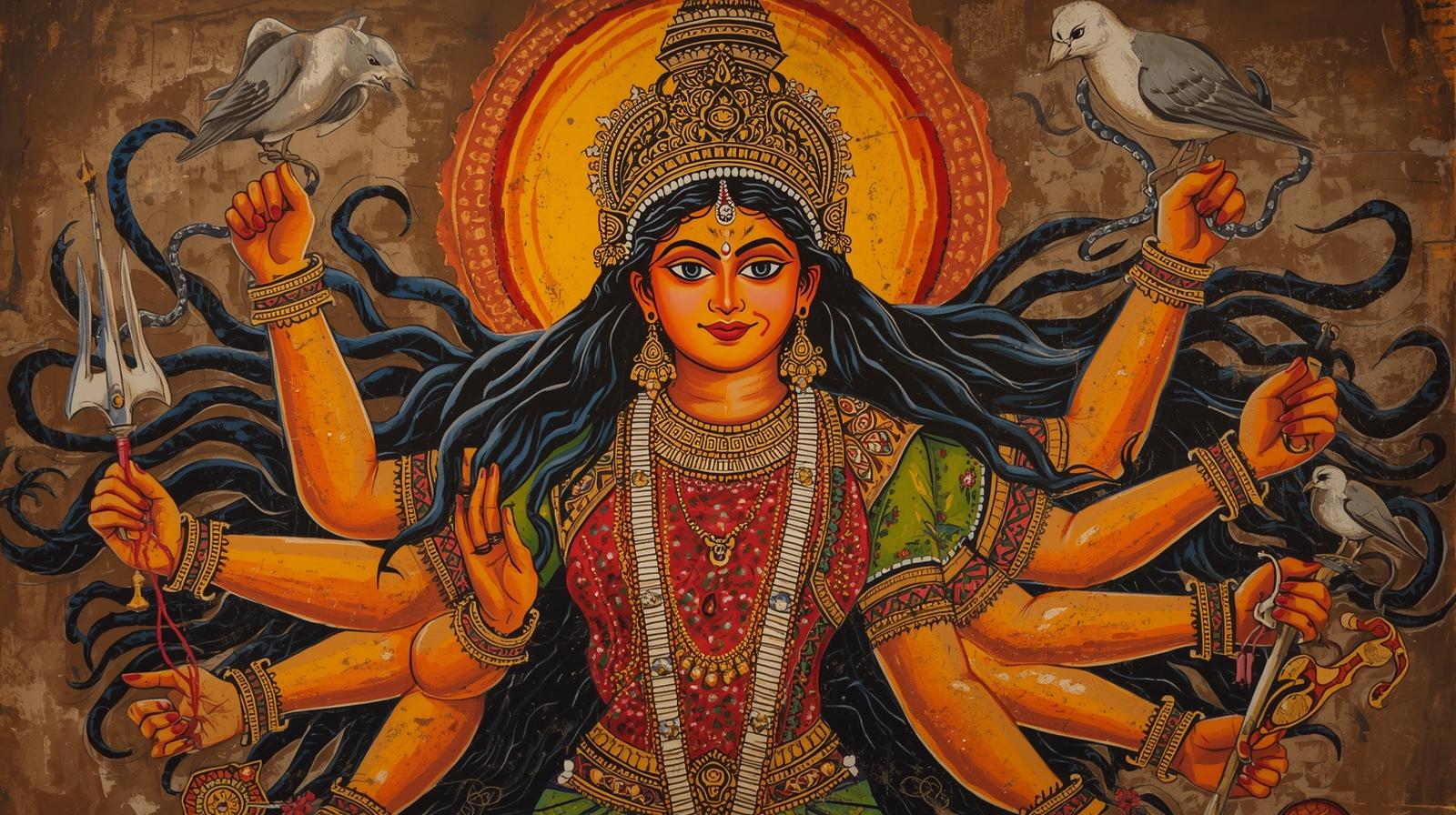
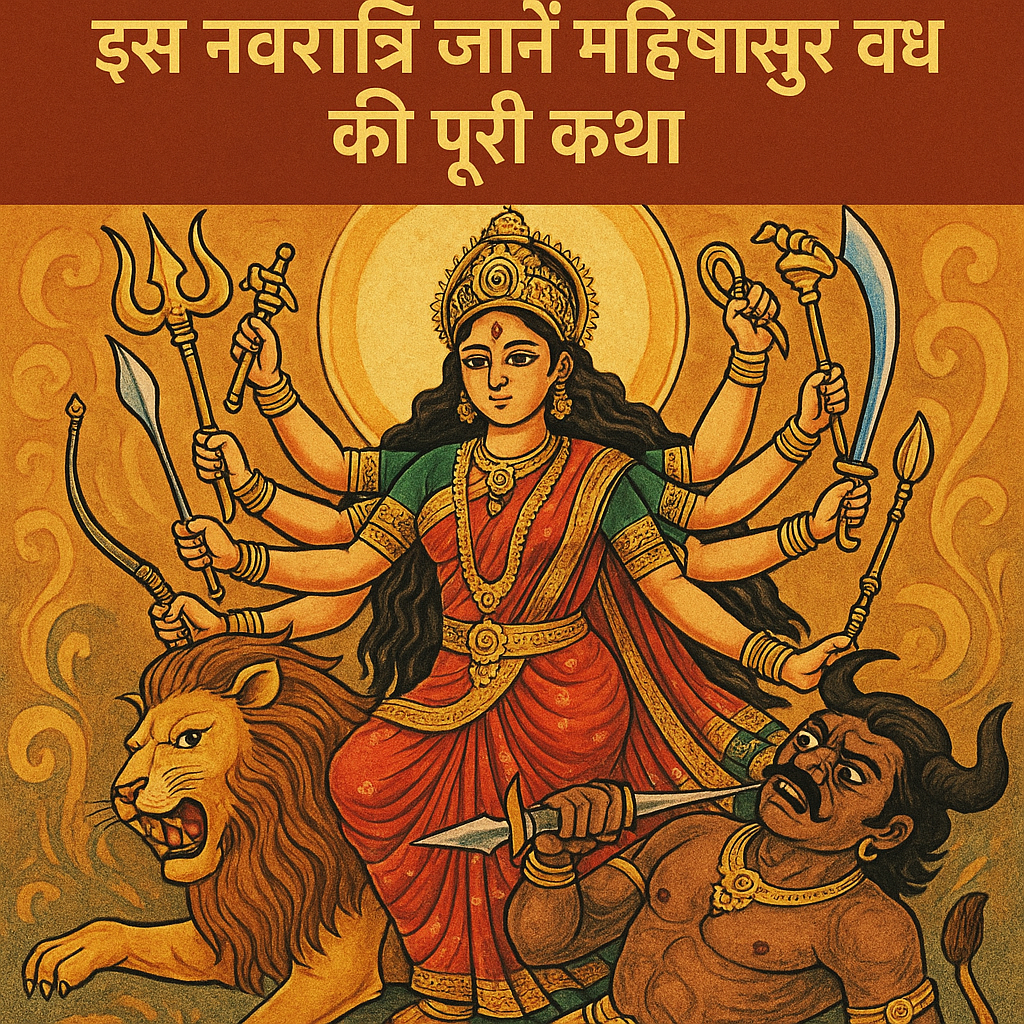

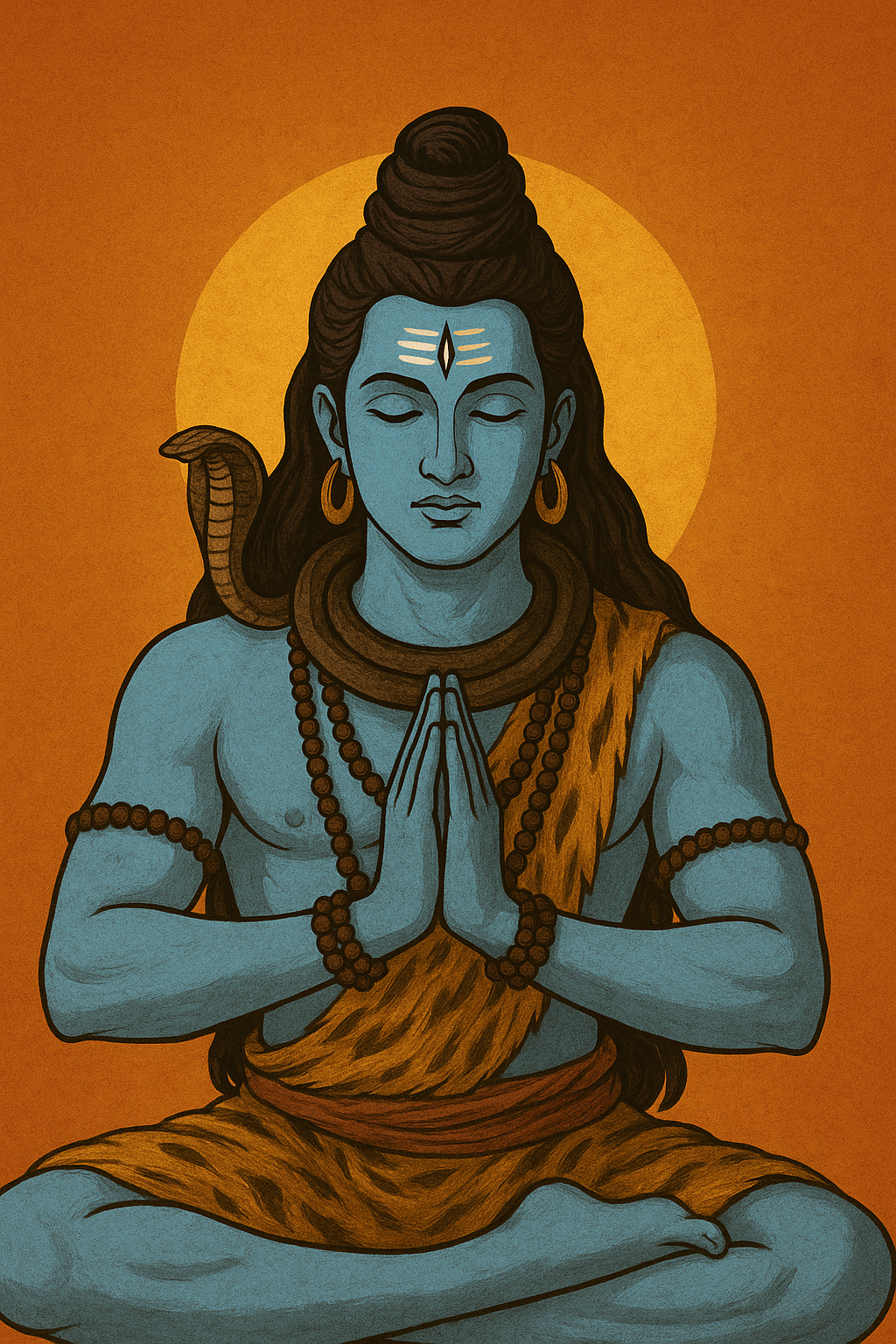


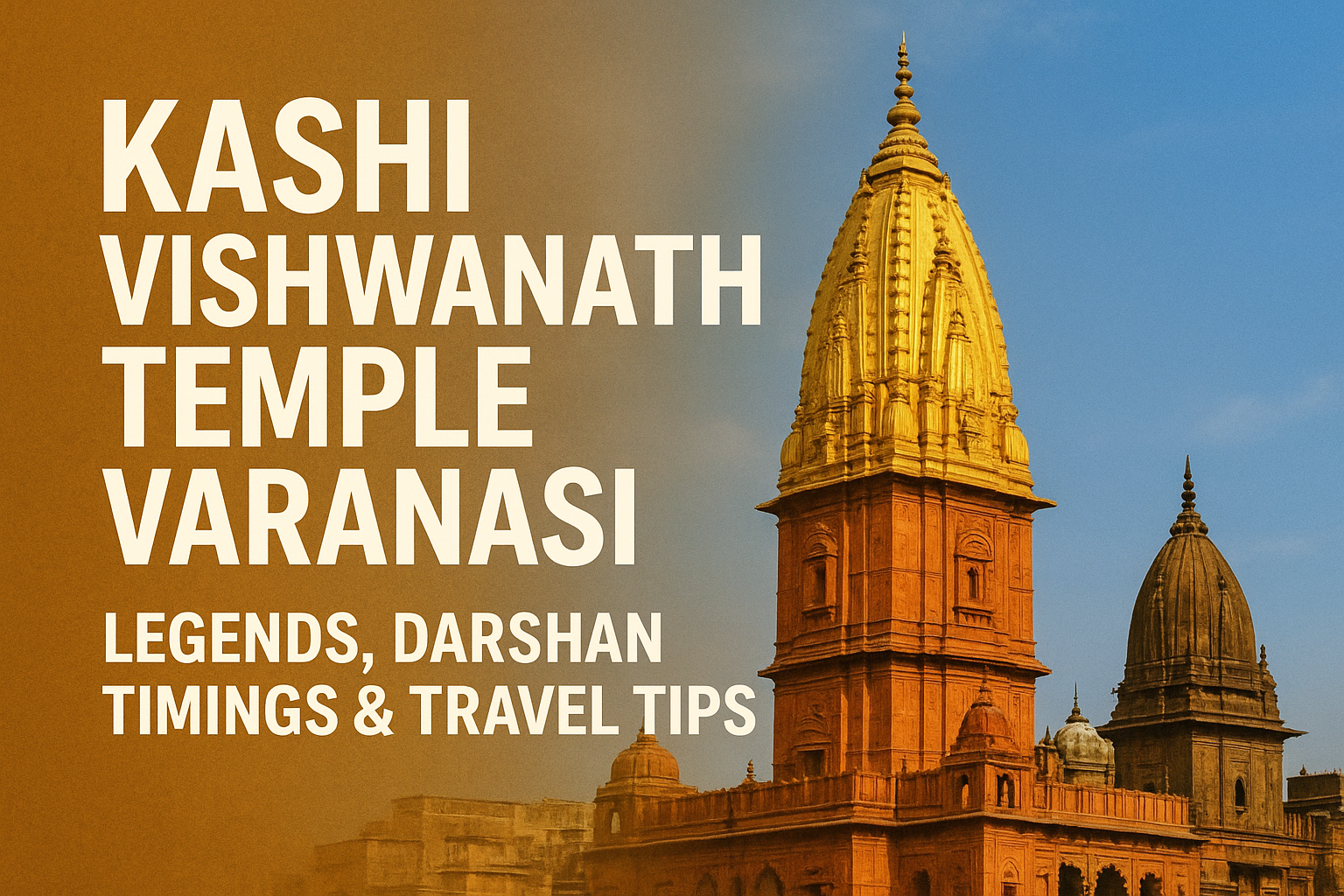


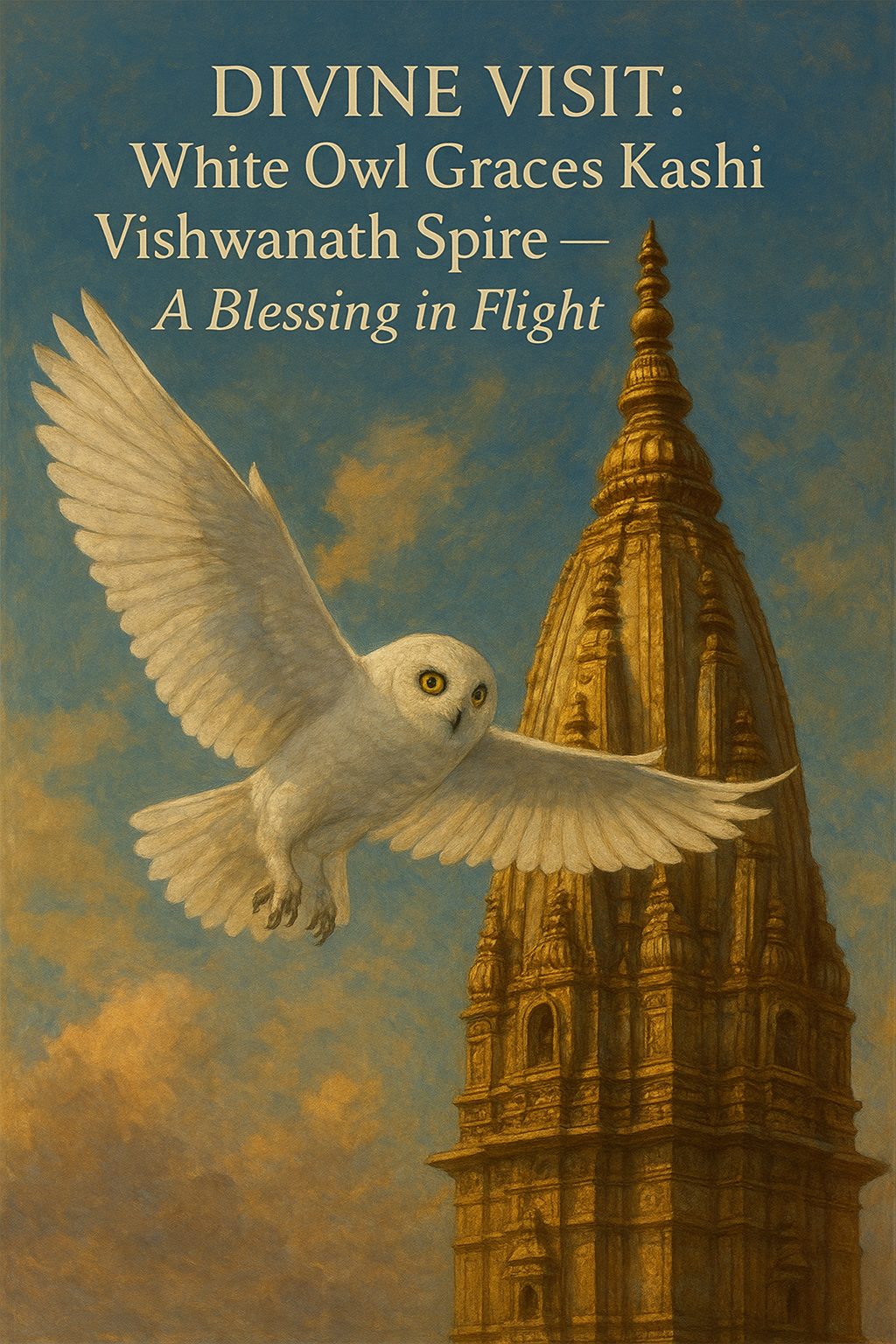


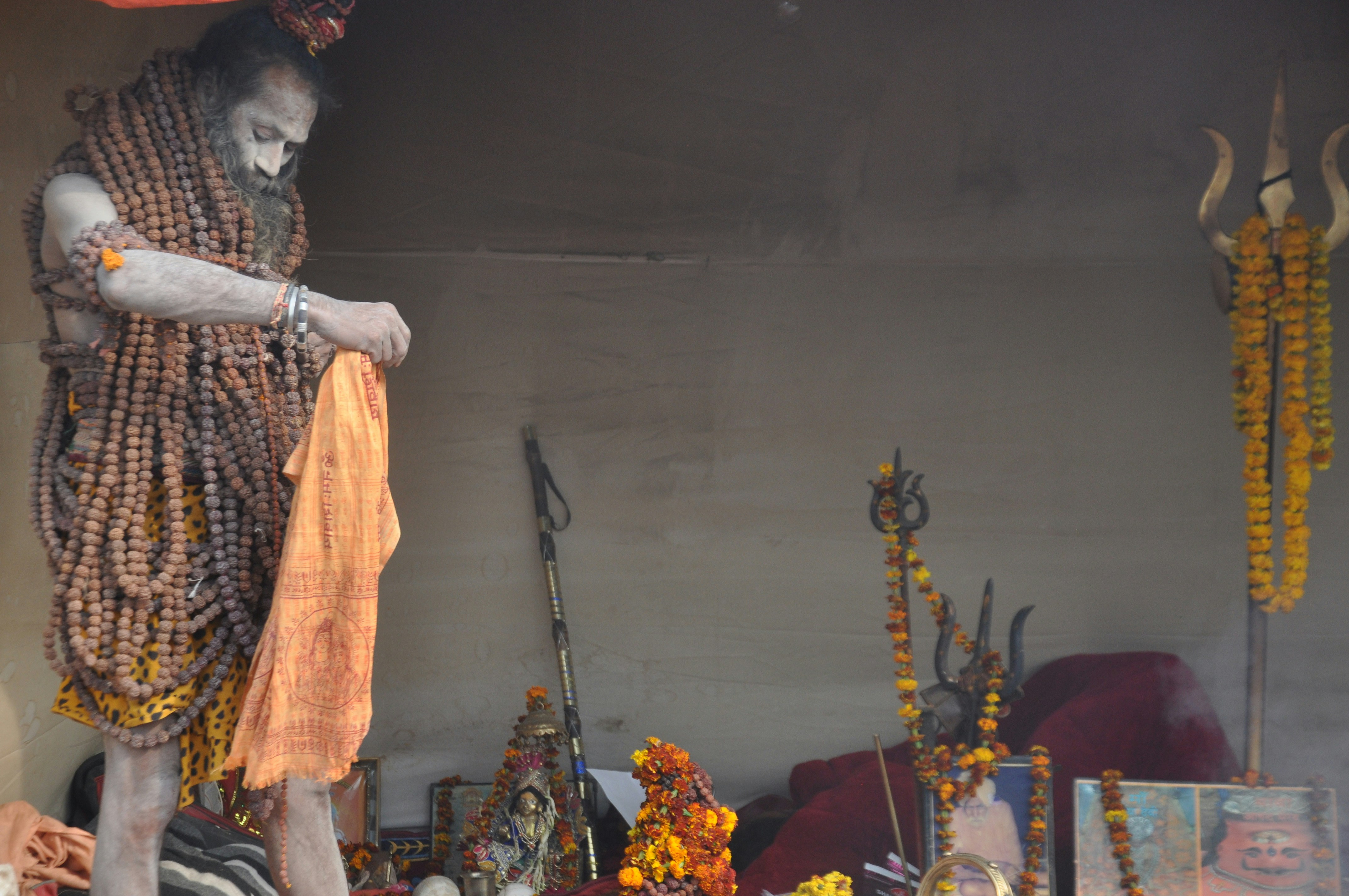

Leave a Reply